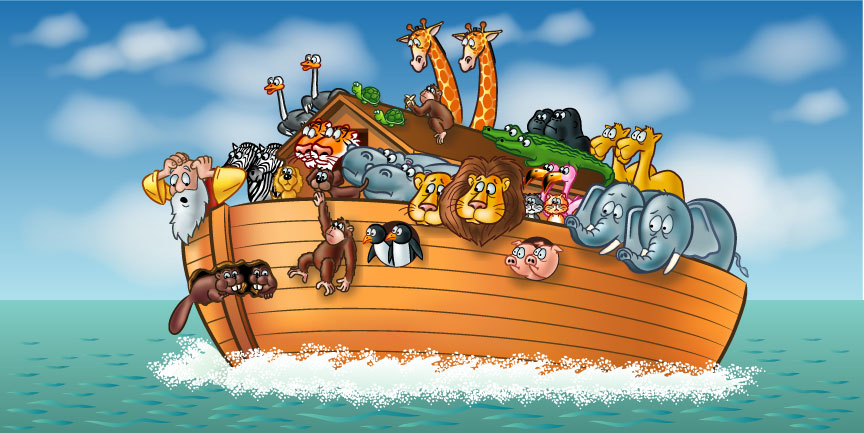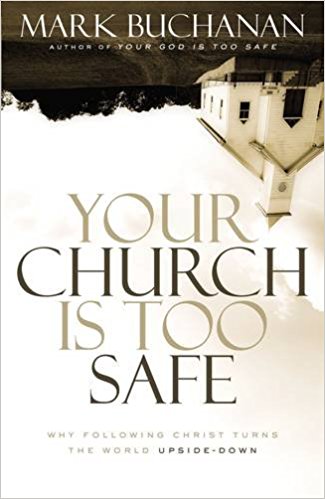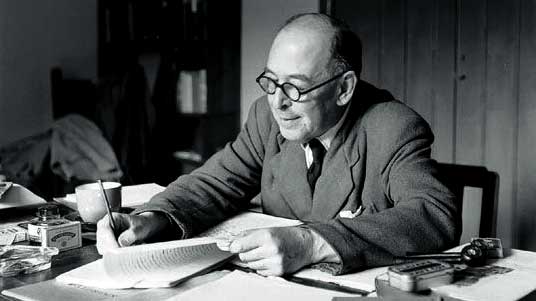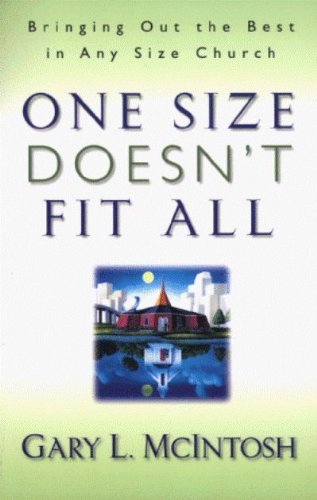Hiemstra, Rick and Lindsay Callaway.  “Significant Church: Understanding the Value of the Small Evangelical Church in Canada.” Toronto, ON: Faith Today Publications, 2023.
“Significant Church: Understanding the Value of the Small Evangelical Church in Canada.” Toronto, ON: Faith Today Publications, 2023.
A review by Tim Stewart, also published at: Northwest Institute of Ministry Education Research
“Is it ok for a church to be small?”
Rick Hiemstra and Lindsay Callaway, authors of a recent EFC study, seem to think so. While ministry organizations, denominations, and publishers have often focused on the needs of larger churches and their strategies for numerical growth, the EFC has taken the time to explore and discover the unique opportunities and particular needs of smaller churches. Commissioned by a group of thirty Canadian ministry organizations and church denominations, the EFC conducted a multi-stage research process between 2019 and 2022. Beginning with a review of relevant literature, they proceeded to interview dozens of ministry experts and pastors before finally distributing a survey to 569 pastors of smaller Canadian evangelical churches (10). Thus, their research model facilitated a progressive narrowing of their focus toward the most pertinent questions and issues before broadening their reach to their targeted subjects.
And what did their survey accomplish? Perhaps to put it most succinctly, it gave a voice to those who are, in a sense, “voiceless.” While small-church pastors certainly speak to groups on a regular basis, it would be rare for their views to be heard beyond their immediate context. They may preach to fifty or one hundred congregants every week, but no publishers or conference circuits are knocking on their office doors. Does the small size of their congregations indicate that they are not worth hearing, or might we learn something valuable from them? Hiemstra and Callaway have taken the time to listen and find out.
And so, what did their study reveal? Before even mentioning their survey results, the authors establish an essential point: that small churches are fundamentally different from large churches. This crucial distinction is supported by experts like Lyle Schaller and Tim Keller who argue that church size, more than any other factor, gives shape to the relationships, ministry goals, staff roles, and atmosphere of a church (18). Thus, when trying to define “smallness,” Hiemstra and Callaway indicate that it is more of a “mindset” than a numerical value. While large churches are known for complex structures and polished programs, small churches are marked by simplicity of ministry and relational proximity – they are places where everyone can know each other and share a common identity (19). However, anthropologist Robin Dunbar claims that this “mindset” actually does correspond with a number: humans are only cognitively capable genuinely relating to 150 people or less.[1] Accordingly, for the purposes of their survey, Hiemstra and Callaway have used this same number as the upper limit for their definition of “small church.” Yet, this anthropological rule does more than provide an arbitrary number for categorizing churches; it raises a new question: “is it good for a church to be bigger than that? The authors clearly view small churches not as inferior versions of larger churches, but as communities that are uniquely suited to “succeed in particular kinds of ministry” (10).
While these ideas are well-explored in church ministry literature,[2] this EFC survey makes a crucial contribution to the ongoing discussion: by interviewing and surveying a large number of ministry leaders from a focused subset of the Canadian church, they are able to illuminate the differing perceptions that people hold about small churches. Most notably, their survey reveals a strong contrast between the language used by denominational leaders and the language used by pastors when speaking about small churches. Whereas the former frequently referred to them as “toxic, needy, discouraged, insular and broken,” the latter chose terms like “family-like, welcoming, faithful, and community-minded.” As denominational leaders identified “difficult people, poor leadership, and low pay” to be problems in small churches, their pastors spoke of the advantages of belonging, being known, and valued in community (24-25).
What do these survey results indicate? It seems, to the authors, that “denominational perceptions may be driven in part” by implicit rewards for numerical growth and the frequent need to intervene in unhealthy congregations (22-27). While the first part of that assertion may be conjecture, the second might reveal a potential bias in the results of this survey. It could be that denominational leaders predominantly hear from churches experiencing crisis or a pastoral transition, while the EFC researchers might have received more survey responses from pastors who were content in their role. That being said, the survey still highlights the stark difference between these two perspectives and gives a voice to many who have not previously been heard. By doing so, it underlines a crucial point: there are actually pastors and congregants who prefer the intimacy, participation, and other inherent advantages of small churches (22, 25, 27).
Perhaps these pastors would resonate with the writings of Eugene Peterson, who relentlessly defended the vocation of a pastor as one who would “know and value and love people in place and over time in Jesus’s Name.”[3] Rather than dealing primarily with theological abstractions and remaining aloof from his surroundings, he practiced the “art of small talk,” engaging humbly in down-to-earth situations.”[4] Recognizing ministry opportunities in “the interruptions,” he also affirmed that participating in Christ’s “incarnational” ministry must necessarily be personal, practical, and relational.[5] Therefore, for Peterson, being a faithful pastor necessitated that he serve in a small church, where he could know everyone’s name.[6] How else could he fulfill His vocation?
Recognizing the value of the small church context for ministry, Hiemstra and Callaway seek to find out from pastors what success looks like in their particular situation and what their churches need in order to thrive. Their survey helps to demonstrate just how hard it can be to transfer “church growth principles” into contexts that are shaped by a unique congregational history, demographic change, and economic turmoil. Moreover, pastors shared that what mattered most to small congregations was getting know their unspoken “covenant” that guided their family-like relationships. Only when a pastor became “part of the family” could he or she be permitted to renovate the home (45). This is a great example of the unique contribution that a survey like this can make: while some authors and experts may offer a “bird’s eye view” from their office or headquarters, this study has collected and processed a great deal of ground-level insight directly from the “front lines.”
However, it seems that not everyone views ministry success in the same way. The survey generally reveals a tendency for denominational leaders to define it quantitatively, and for pastors to define it qualitatively. Although this sounds like an over-simplification, it could be concretely observed. While certain denominational leaders blamed pastors for a lack of numerical growth in their churches, some pastors spoke of numerical factors (finances, human resources) that impeded the spiritual growth and health of relationships within their communities (70-73). For whatever reason, there appears to be a disconnect that needs to be bridged in order for these pastors and churches to feel affirmed and supported. Moreover, many pastors described a disconnect between their “specialist” theological education and the daily demands of a ministry “generalist.” On average, they reported spending 30% of their working time in “areas of weakness,” which was often exacerbated by times of crisis. Accordingly, the authors suggest that denominations, Bible colleges and seminaries should develop ways to support and develop well-rounded pastors for such ministry settings (91, 105).
Yet, despite all that has been said, a question remains: are small churches worth it?
Are they simply inferior versions of larger churches, with pastors who can’t get the job done? Have they simply failed to implement proven principles of growth, due to their stubbornness and complacency? Or do they serve a unique and necessary role in God’s kingdom that is worthy of our attention and support? According to their pastors, the answer to the last question is yes. Small churches provide an ideal context for valuable ministry to occur.
Furthermore, others are seeing the value of smallness in ministry too. Some, after experiencing problems with larger church settings, have started movements of smaller missional communities in order to “put discipleship back into the hands of ordinary people.”[7] Others, in response to cultural fragmentation, have called for a return to the “faithful presence” of local parish ministry.[8] Lastly, noting how believers were dispersed into local congregations in the book of Acts, Brandon J. O’Brien calls for churches to reimagine what success looks like.[9] He argues that, rather than “trying to imitate large-church ministry, small churches would do well to recognize and capitalize on their own inherent and strategic strengths.”[10] These ideas ring true for me, as I recall times when Jesus left the crowds to focus on His disciples, and times when I have experienced the value of slow conversations and congregational participation in the small churches where I’ve served.
I once heard someone compare church fellowship to a rock tumbler. That analogy stuck with me, as I have served as a solo pastor in small churches for twelve years while collecting rocks for about three times as long. Each time I climb a mountain or visit the beach, I return with pockets full of treasures – each with its own origin story, unique composition, and notable properties. Just like the unique people in church! And the idea is, as they tumble together, bumping into each other and creating friction, their rough edges get smoothed off and they emerge from the barrel transformed into gems – or, at least, the best versions of themselves.
So, for those who are tumbling in the barrel, serving in close quarters alongside others in a small-church setting, I expect that this EFC study may provide just what you need to hear: voices of others on the front lines, working in the thick of similar situations. These voices have affirmed the value of small-church ministry, and offer helpful insight for educators, authors and denominational leaders who want to see churches of all types thrive.
[1] Robin Dunbar, (1998). Grooming, gossip, and the evolution of language (Cambridge, Massachusetts: Harvard University Press, 1998), p. 77.
[2] Gary L. McIntosh also describes One Size Doesn’t Fit All: Bringing out the Best in Any Size of Church (Grand Rapids, MI: Baker Publishing Group, 1999), 17, 21.
[3] Eugene H. Peterson, The Pastor: A Memoir (New York: Harper One, 2011), 216.
[4] Eugene H. Peterson, The Contemplative Pastor (Grand Rapids, MI: Eerdmans, 1993), 122.
[5] Eugene H. Peterson, Christ Plays in Ten Thousand Places (Grand Rapids, MI: Eerdmans, 2005), 7.
[6] https://www.missioalliance.org/eugene-petersons-long-obedience-in-the-same-direction-a-personal-tribute/
[7] Mike Breen, Leading Missional Communities (Pawleys Island, SC: 3D Ministries, 2013), v-vii.
[8] Paul Sparks et. al., The New Parish: How Neighborhood Churches are Transforming Mission, Discipleship and Community (Downers Grove, IL: IVP, 2014), 188.
[9] Brandon J. O’Brien, The Strategically Small Church (Bloomington, MN: Bethany House, 2010), 21, 29.
[10] Brandon J. O’Brien, The Strategically Small Church (Bloomington, MN: Bethany House, 2010), 35.
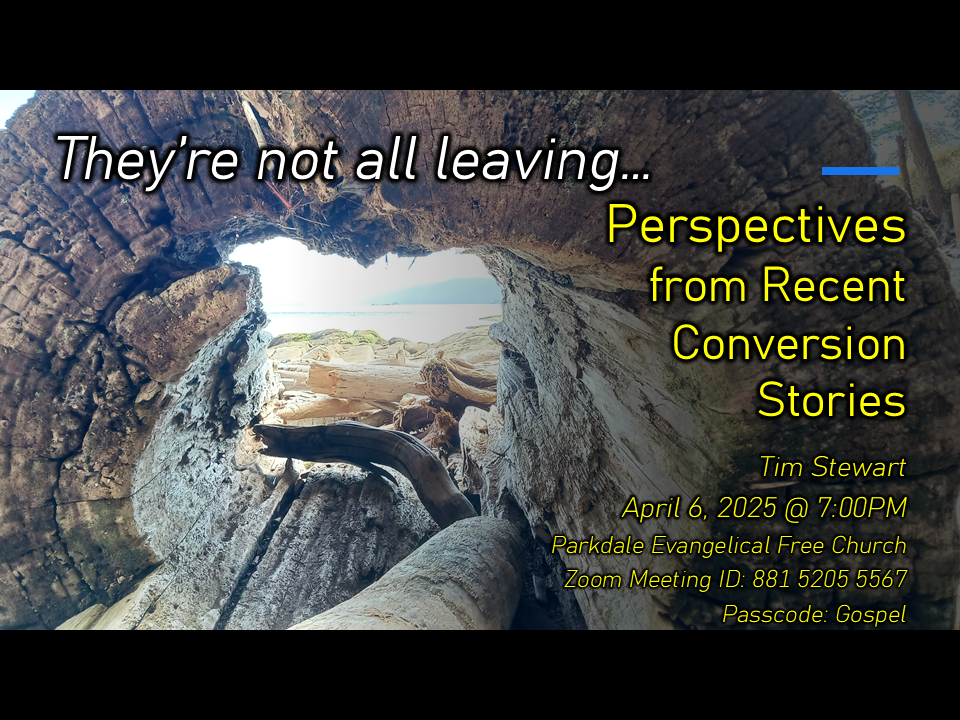

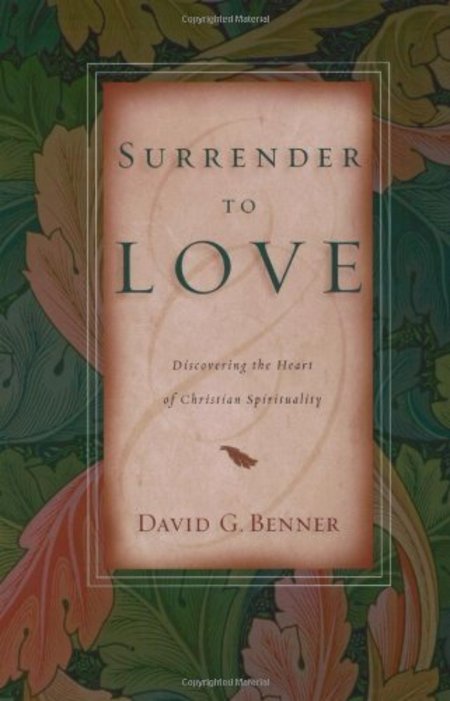 the Heart of Christian Spirituality
the Heart of Christian Spirituality
 not foreign to Biblical and later Christian writers. For example, King David’s words in Psalm 139:23-24 are still repeated by Christians today, as part of what is called the Prayer of Examen:
not foreign to Biblical and later Christian writers. For example, King David’s words in Psalm 139:23-24 are still repeated by Christians today, as part of what is called the Prayer of Examen: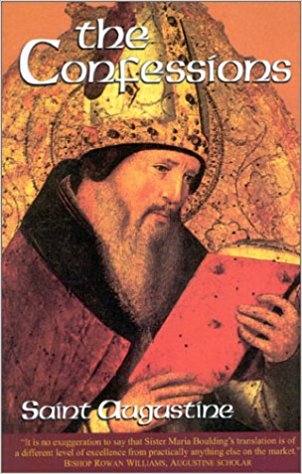
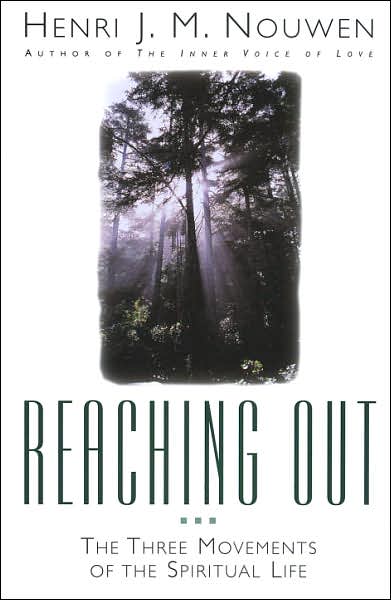
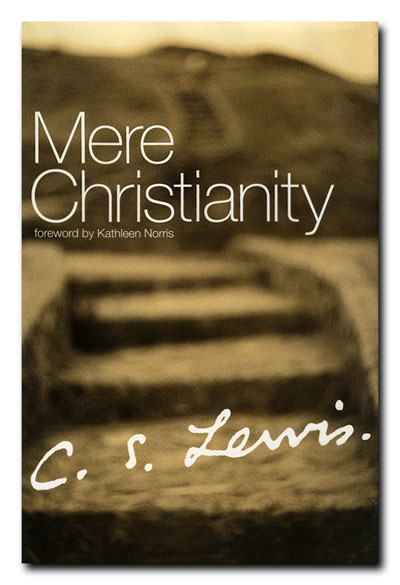
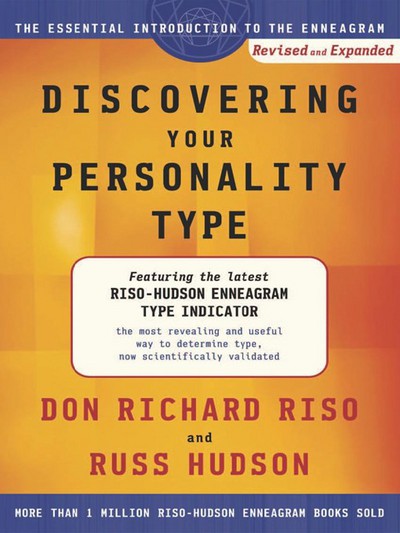
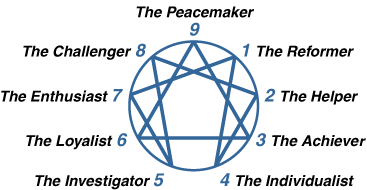 Underlying the mechanics of the enneagram is a belief that everyone has a basic type. While nurturing factors can affect the way that we develop, relate, and act outwardly, there is an assumption that, deep down, we all have an inborn nature that affects the way we experience life. As far as this paradigm is concerned, our “type” is irrespective of gender, ethnicity, or season of life. Rather, those external factors may affect other aspects of the enneagram. No type is better than another; rather, each type has its own corresponding vices, fears, and levels of health.
Underlying the mechanics of the enneagram is a belief that everyone has a basic type. While nurturing factors can affect the way that we develop, relate, and act outwardly, there is an assumption that, deep down, we all have an inborn nature that affects the way we experience life. As far as this paradigm is concerned, our “type” is irrespective of gender, ethnicity, or season of life. Rather, those external factors may affect other aspects of the enneagram. No type is better than another; rather, each type has its own corresponding vices, fears, and levels of health.
 within each triad are three sub-sections: one assertive, one dutiful, and one withdrawn. The result is that each person has two characteristics, assigning them one of nine basic types. There are additional levels that psychologists have added, further dividing each type again.
within each triad are three sub-sections: one assertive, one dutiful, and one withdrawn. The result is that each person has two characteristics, assigning them one of nine basic types. There are additional levels that psychologists have added, further dividing each type again. Thus, the enneagram accounts for the diversity we experience, and provides an explanation for human development and regression when experiencing consolation and desolation.
Thus, the enneagram accounts for the diversity we experience, and provides an explanation for human development and regression when experiencing consolation and desolation.
